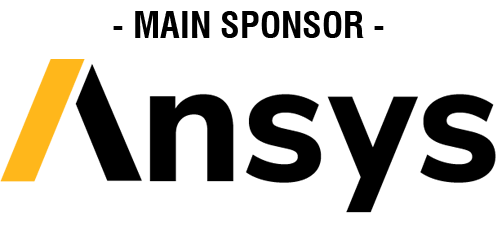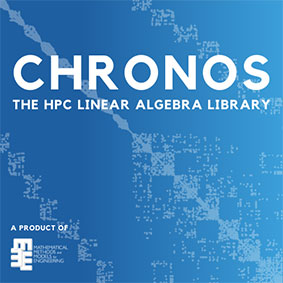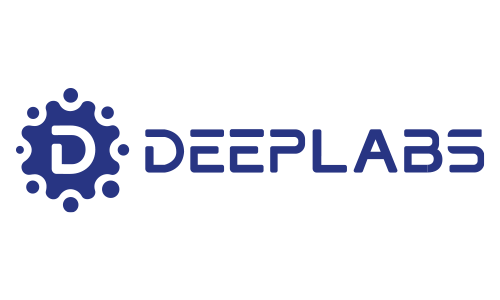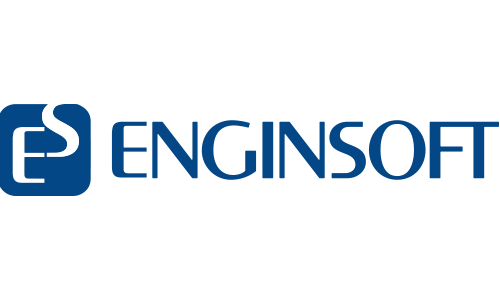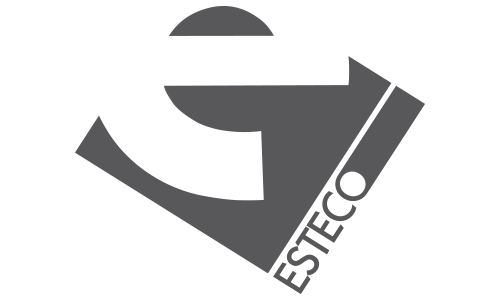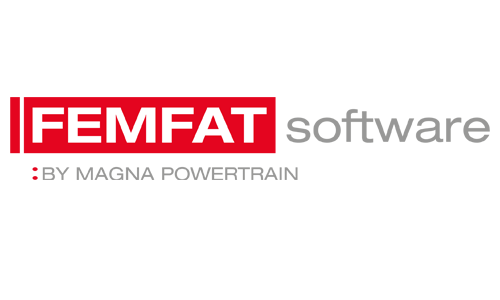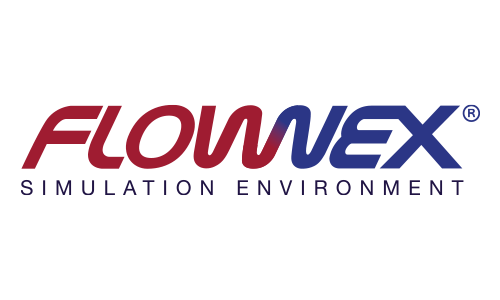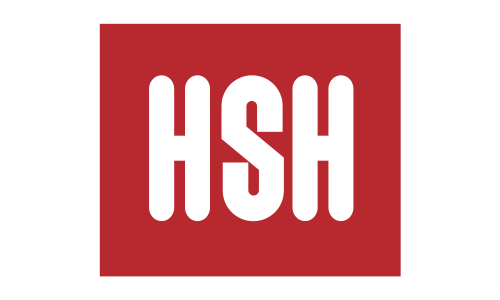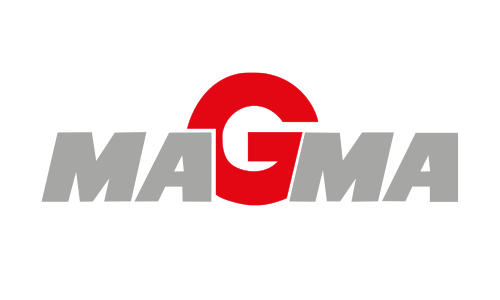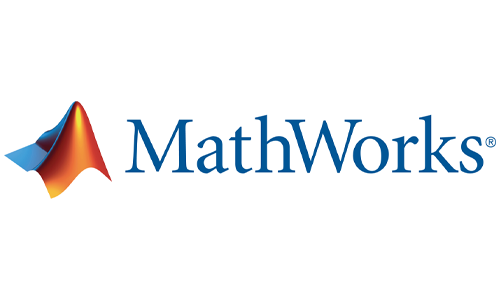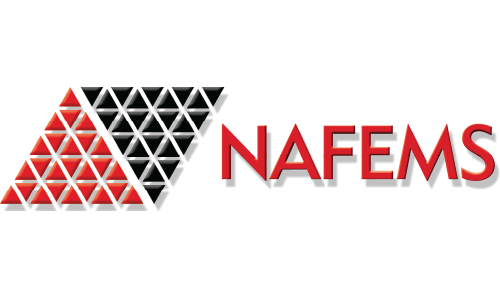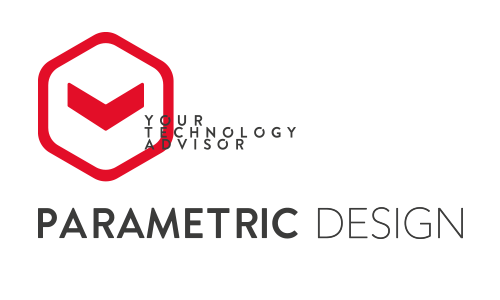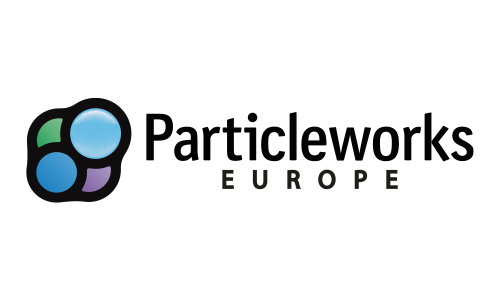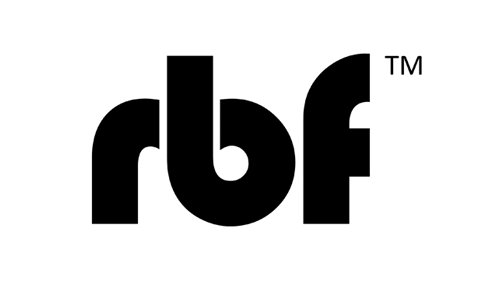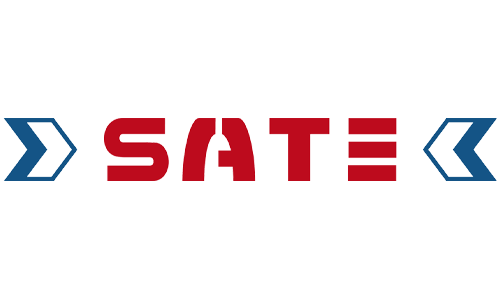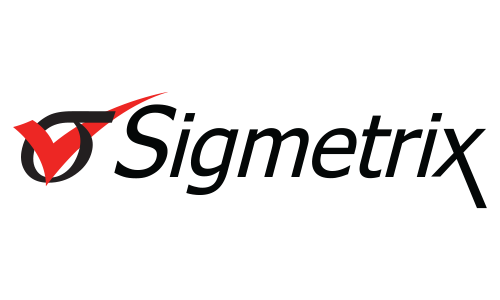Agenda
9:00 – 9:20 High-level awareness in the use of modeFRONTIER
Vito Primavera, EnginSoft
ABSTRACT
The digital transformation is moving the numerical methodologies a step forward: the numerical models bound to "well-established" CAE applications are just a brick of a more complex and structured data flow. Starting from a mono-disciplinary simulation till a Multi-disciplinary Design Optimization (MDO), the modeFRONTIER platform has been supporting efficiently the users for several years. Actually, the modeFRONTIER's domain spans over a range of several features, where the multi-objective optimization is maybe the most known but not the only noteworthy. Its Process Integration capability is the right feature to address the Simulation Process and Data Management (SPDM) tasks, whose implementation has been further enhanced by means VOLTA, the web-based enterprise SPDM platform connecting teams and different organizations.
But, additionally to the full application of modeFRONTIER features, industries have been starting to exploit it with a new and high-level awareness: the Simulation-driven Design as well as the Knowledge-Based Engineering (KBE) formalize this trend. Moving from their framing, the dedicated speeches of the current session offer a perspective in which also this awareness comes out.
9:20 – 9:40 What’s new and planned for modeFRONTIER
Danilo Di Stefano, ESTECO
ABSTRACT
Since we introduced further enhancements to the Planner and to the pyCONSOLE earlier this year, we have continued to deliver new innovations across modeFRONTIER to help you save time and stay productive. See what’s new in modeFRONTIER and what’s planned for 2023.
9:40 – 10:00 VOLTA SPDM platform, what comes next
Marco Turchetto, ESTECO
ABSTRACT
Looking at the VOLTA current and future development, this presentation will briefly review the current capabilities, focusing on embedded Business Process Management (BPM) technology and touch on a few forward looking concepts
10:00 – 10:20 Knowledge based engineering on a gardening machine
Paolo Verziagi, EMAK
ABSTRACT
With reference to a brushcutter, starting from the commercial requirements of the machine, the aim of the activity was to automate as much as possible the generation of a CAD model to be used as a reference for designers throughout the entire phase of industrialization. By means of implementation and exploitation of an advanced process integration workflow, it was possible to reduce design time and to have a global view of all potential critical aspects of the machine
10:20 – 10:40 Integrating Oasys MassMotion Pedestrian Simulation with modeFRONTIER to Optimize the Layout of Buildings
Giovanni Longo, LIFT
ABSTRACT
The contribution illustrates the advantages obtained through the integration of the simulation software MassMotion and the optimization tool modeFRONTIER, used to automatically and quickly explore a very large set of possible design configurations. The aim of the study is the search for solutions, which concurrently minimize walking areas and maximize pedestrian flows, avoiding congested traffic conditions. Results suggest that the potential surplus of available areas can be either dedicated to alternative destinations of use, such as for commercial and real estate purposes, or they can be merely intended as a decrease in construction costs.
10:40 – 11:00 The promise of Simulation Based Digital Twin of a metal Additive Manufactured hinge
Alessandro Mellone, EnginSoft
Authors: Alessandro Mellone, Stefano Guagnano, Marcello Bruno, Stefano Carrino, Alessandro Cappello (EnginSoft)
ABSTRACT
At the base of the Autonomic Logistics, there is the continuous monitoring of the data that characterize functionality and reliability of each observed component; this allows to assess whether degradation processes are underway. This is the promise of the Digital Twin (DT). A fortiori, essential topic for Additive Manufacturing (AM). The work illustrates the methodology used for the re-design of an aerospace hinge made through AM and the integrated development of a monitoring platform considering the best positioning of the sensors on the component itself, a key aspect to achieve the Simulation-Based DT. The core of the methodology is the structural optimization. Ansys Workbench was used to do it. Starting from the “as-is” configuration, a complex workflow was built, considering an Al7040 hinge coupled with a CFRP wing-box. Using Ansys SpaceClaim (SC), an oversized hinge has been designed and inserted into the assembly in place of the “as-is” component. AlSi10Mg data was assigned to the oversized component. Ansys Mechanical and Structural Optimization tools were used to optimize the hinge considering proper constraints and objectives. The best solution was re-engineered and after the final validation, placeholders were positioned and modeled in SC using a custom Python script; the placeholder positions were evaluated by means of D-optimal approach. Known the final design, a prognostic metamodel was created for the hinge, using AI techniques coupled with analytical functions. This metamodel will be used to analyze the structural state of the component using strain-gauges data. SPICE analyses were carried out with Ansys Twin Builder to design filters for the DAU. Finally, a monitoring platform was developed, able to combine data from sensors and prognostic metamodel. Next steps: a) process simulation with Ansys Additive Suite b) development of a DT prototype with the assembly production and the experimental campaign to validate the metamodel.
Break – 10 minutes
11:10 – 11:30 Investigation on a preliminary analysis setup for developing a predictive maintenance methodology in side channel blowers field
Alessandro Di Pasquali, FPZ
Authors: Alessandro Di Pasquali, Marco Castagna, Andrea Lazari (FPZ)
ABSTRACT
A design of a side channel blower currently available on the market has been considered as reference for this study. With some assumptions made to simplify the model, a comprehensive preliminary study has been carried out to identify which are the most influential working parameters with regards to the phenomenon of blower seizure, i.e. impeller locked up due to contact with housings. The study is based on thermal-structural analyses performed on the simplified 3D design of the blower, the creation of numerical utilities to check the presence of seizure and the building up of meta-models (Response Surface Models - RSMs) able to characterize the phenomenon of blower seizure from which the predictive maintenance capability comes out. Calibration and Validation of RSMs has been performed against data coming from an extensive experimental campaign.
11:30 – 11:50 Definition of the optimal working conditions of a central tower furnace for the aluminum melting
Martina Campanella, DMMM-Politecnico di Bari
Authors: Martina Campanella, Gianfranco Palumbo, Pasquale Guglielmi, Antonio Piccininni, Angela Cusanno (DMMM-Politecnico di Bari)
ABSTRACT
In this work, the operative conditions of a central tower melting furnace, located at the Master Italy s.r.l. productive plant, has been optimized. According to a DoE-based plan of experimental tests, varying the most influencing process parameters, the Response Surface Methodology (RSM) was adopted and the furnace working window optimized in order to minimize the gas consumption and enhance the service life of its components.
11:50 – 12:10 Integrated Architectural Design and Engineering: an AI journey
Michela Turrin, Delft University of Technology
ABSTRACT
Highly performing buildings require an integral design approach since the early stages, toward integration of multi-disciplinary numerically quantifiable criteria and soft criteria related to qualities and values. AI-based Computational Design is put forward to incorporate the different criteria in integrated computational models and facilitate the multidisciplinary design team to evolve, analyze and compare different scenarios. It aims to facilitate designers to explore design alternatives under different simulated conditions, to understand the consequences of eventual design decisions, to identify optimal and preferred design solutions – in a design exploration process by understanding the options and related consequences.
12:10 – 12:30 Integration of the Simulation Process for the Evaluation of Antenna Pattern Distortion placed on an aircraft
Stefano Carrino, EnginSoft
Authors: Francesco Marano, Roberto Mufatti (Leonardo Aircraft) | Stefano Carrino, Francesco Franchini (EnginSoft)
ABSTRACT
The presentation reports the activities carried out with Leonardo Aircraft technicians aimed to integrate the whole simulation process usually followed to evaluate the response and performance of antennas integrated on aircrafts. The objective of the activities is to develop and implement a well-established methodology for the identification of the best and the most reliable antenna layout based on the study of different aircraft configurations so leading to the time-to-market reduction. In addition, the activities were also aimed to encourage collaboration between different Leonardo Aircraft departments in a more structured way defining formalized procedures in automated workflows and avoiding human errors with a consequent increase in quality and reduction in the number of necessary checks. Furthermore, the implemented workflow enables the speeding up of learning curve for new hires, the reuse of the process for other company programs and the generation of structured database, models, data and results.
12:30 – 12:50 Design Optimization for High-Performance Legged Robots
Antonios Emmanouil Gkikakis, IIT
ABSTRACT
Legged robots do not display the level of physical performance one would expect, given the specifications of their hardware. So how do we make robots that run, jump and not break when they fall? How do we take into account performance requirements, the amount of available resources, and manufacturability criteria? We can achieve this by following a scientifically-driven and systematic approach that models and takes into consideration the multiple mechanical and electrical parts, their complexities, capabilities and limitations. This work presents such a holistic-design optimization approach for building versatile legged robots that are robust, and can achieve unprecedented performance.
12:50 – 13:10 Adjoint-Based Multicriteria Aerodynamic Shape Optimization in the Automotive Industry, by Using modeFRONTIER, mimic and OpenFOAM
Konstantinos Gkaragkounis, Optimad
ABSTRACT
In the automotive industry, typical challenges in aerodynamic shape optimization problems with conflicting performance criteria are the curse of dimensionality, due to the presence of many design parameters, the performance of optimization algorithms and the manufacturability of the acquired geometries. These aspects are addressed here, during the gradient-based aerodynamic shape optimization of a vehicle, which is performed thanks to the synergy of modeFRONTIER, adjoint methods and mimic, a geometry manipulation library developed by Optimad. By using the continuous adjoint method of OpenFOAM-v2112, it is possible to compute accurate “surface sensitivities”, i.e. gradients of the aerodynamic performance-related functionals with respect to the positions of the vehicle’s surface nodes, at low computational cost, which is independent of the number of the design parameters. To guarantee the manufacturability of the optimized geometry and preserve, at the same time, feature edges of the initial geometry, mimic is used to control the geometry through the Radial Basis Function (RBF) method and to impose surface constraints. To account for the dependency of the vehicles’ node coordinates on the RBF design parameters, the gradients of the former with respect to the latter are computed by mimic. Then, the gradients of the performance criteria with respect to the RBF design parameters are available and are provided to the gradient-based methods of modeFRONTIER, to update the vehicle’s shape. The optimization is driven by Quasi-Newton methods, to speed up the convergence towards the optimized designs. Then, mimic is used to deform the volumetric computational mesh, by preserving the quality of the mesh in the viscous layers. It is demonstrated that dealing with conflicting performance criteria and exploring alternative designs is feasible, at reasonable computational cost, without sacrificing the robustness of the methods used and the richness of the design space.


